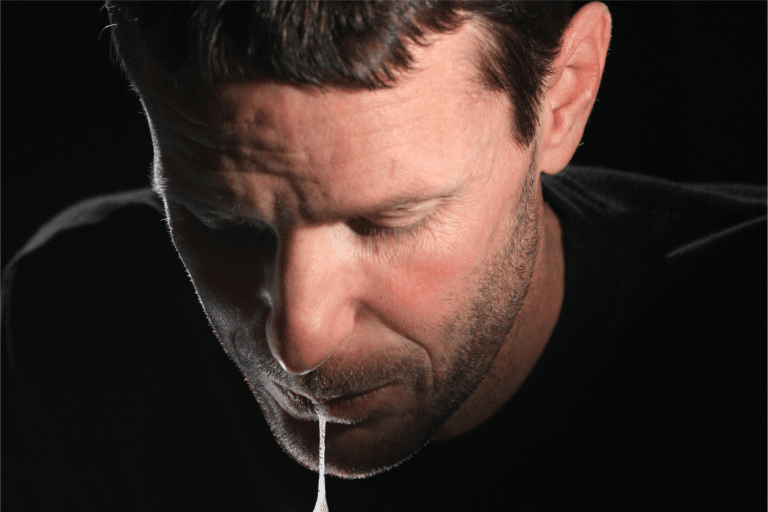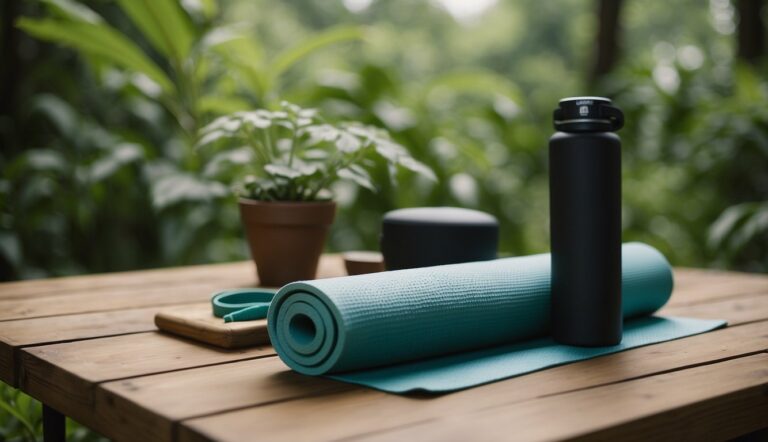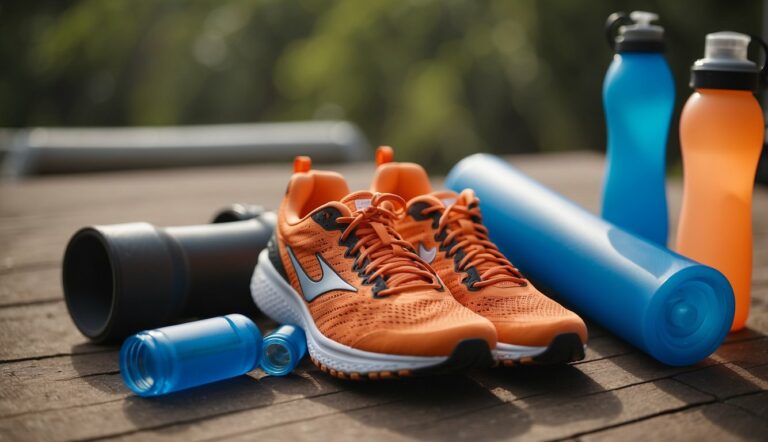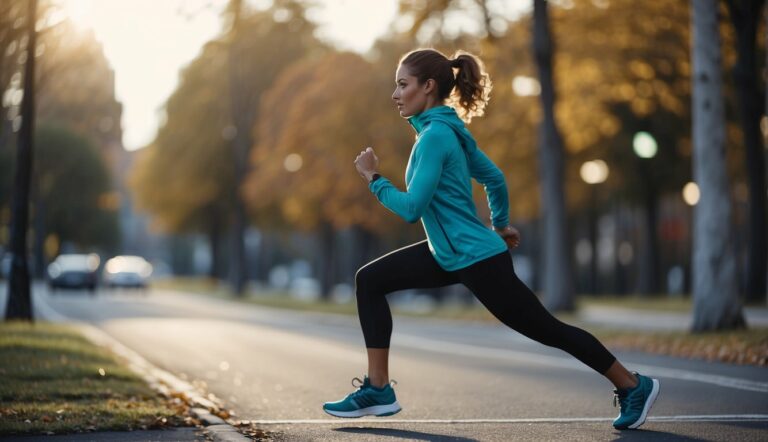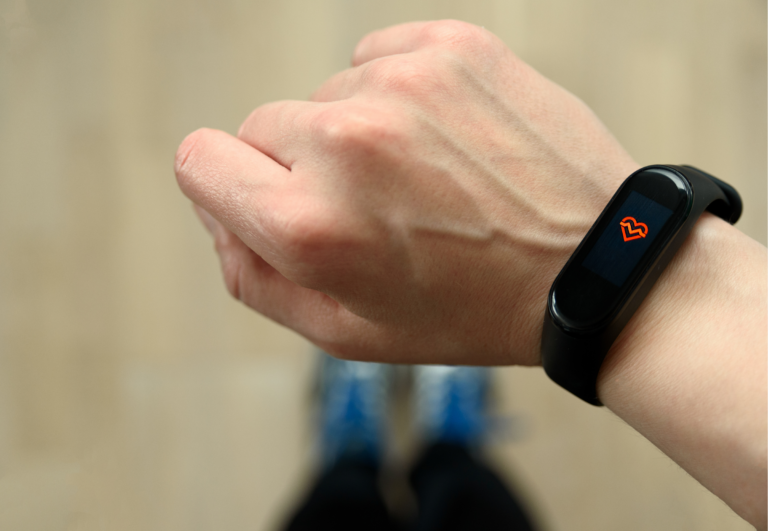Best Hot Weather Running Warm-Up (Quick 10-15 Minute Routine)
Running in hot weather presents unique challenges, requiring adjustments to both your mindset and your warm-up routine.
As temperatures rise, your body needs a well-designed warm-up to prepare for the stress of running in the heat. Starting with a dynamic 15-minute routine can enhance your body’s readiness for exercise, improve performance, and help prevent heat-related issues.
A good warm-up in hot conditions involves gradually increasing your heart rate while paying close attention to how your body adjusts to the temperature. Hydration is crucial; ensure you drink water before, during, and after your run to maintain optimal performance. Simple movements that activate your muscles, like standing leg bends and gentle torso twists, can effectively prepare your body for the stresses of running in the heat without overexerting you before your workout begins.
The Best Warm-Up Routine for Hot Weather Running
Preparing your body for a run in hot conditions is essential to enhance performance and prevent injury. A 15-minute routine that elevates your heart rate, conditions your muscles, and accustoms your body to the heat can set you up for a successful workout.
Boosting Blood Flow and Heart Rate
- Jogging in Place (3 minutes): Start with a light jog to gradually increase your heart rate and boost blood flow to the muscles.
- Jumping Jacks (2 minutes): Continue to elevate your heart rate with jumping jacks, promoting circulation and priming your body for more intense activity.
Stretching for Flexibility and Injury Prevention
- Leg Swings (2 minutes): Stand on one leg and swing the other leg forward and back, then side to side to loosen up the hips and hamstrings.
- Dynamic Lunges (2 minutes): Perform forward and side lunges to engage the major leg muscles and increase range of motion in the joints.
Specific Drills for Heat Adaptation
- High Knees (2 minutes): Execute high knees at a brisk pace to condition your muscles and joints for the demands of hot-weather running.
- Butt Kicks (2 minutes): Incorporate butt kicks to stimulate the hamstrings, ensuring they’re ready for the heat-induced stress of running.
- Arm Circles (1 minute each, forward and backward): Do arm circles to loosen the upper body—essential for maintaining good form even in the heat.
Note: Hydrate appropriately before, during, and after your routine. Listen to your body, wear breathable clothing, and adjust the intensity based on the temperature and how you feel.
Preparing for the Heat
Running in the heat requires careful preparation to ensure you stay safe and perform at your best. Understanding your body’s response to heat, staying hydrated, and choosing appropriate gear can significantly improve your warm-up and overall running experience in high temperatures.
Understanding Your Body’s Response to High Temperatures
Your body temperature rises during exercise, and in high temperatures, this process accelerates. Heat can lead to increased heart rate, excessive sweat loss, and potential heat-related illnesses. It’s crucial to recognize signs of overheating, like dizziness or confusion, and take immediate action by seeking shade and cooling down.
Key Adjustments for Your Body:
- Start Slow: Begin with a gradual warm-up to allow your body to adjust.
- Listen Closely: Pay attention to how you feel. Symptoms like lightheadedness or extreme fatigue are cues to stop.
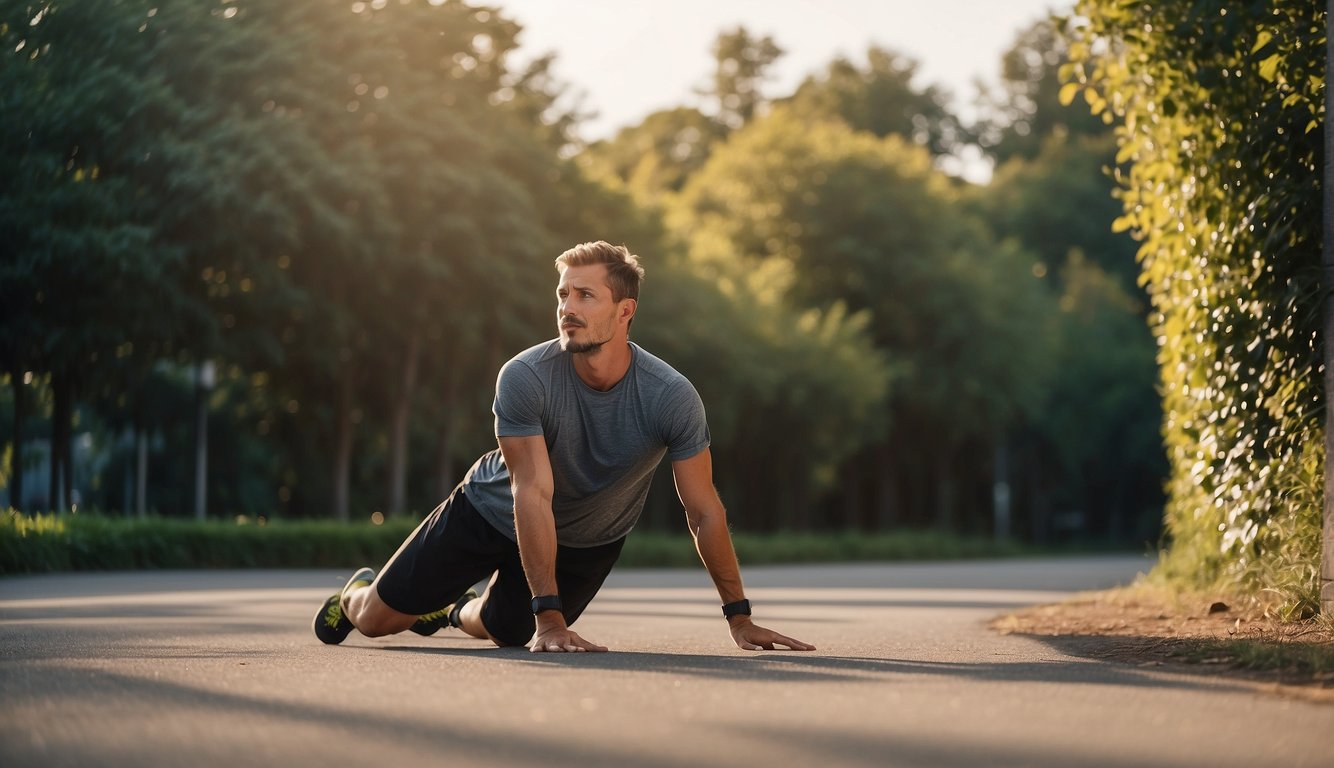
Hydration Strategies Before the Run
Hydration is vital when running in the heat. Begin by drinking 10-15 ounces of water or a sports drink 15 minutes before you start. This prehydration helps maintain fluid levels even before you start sweating.
Hydration Checklist:
- Water: Ensure easy access to water throughout your run.
- Electrolytes: Incorporate sports drinks to replenish electrolytes lost through sweat.
Choosing the Right Gear for Sun and Heat
The right gear is essential to protect your skin from the sun and help your body manage the temperature. Lightweight, breathable clothing prevents overheating, while a visor or hat can shield your face from direct sunlight. Sunglasses help protect your eyes and improve comfort in bright conditions.
Gear Selection:
| Item | Purpose | Notes |
|---|---|---|
| Breathable Clothing | Encourages air circulation | Light colors reflect sunlight |
| Visor/Hat | Protects face from sun exposure | Look for breathable materials |
| Sunglasses | Shields eyes from UV rays | Ensure they have UV protection |
By accounting for these factors, you’ll enhance your body’s ability to handle the heat and reduce the risk of heat-related stress, ensuring a more enjoyable and safer running experience.
Gradual Training Adjustments
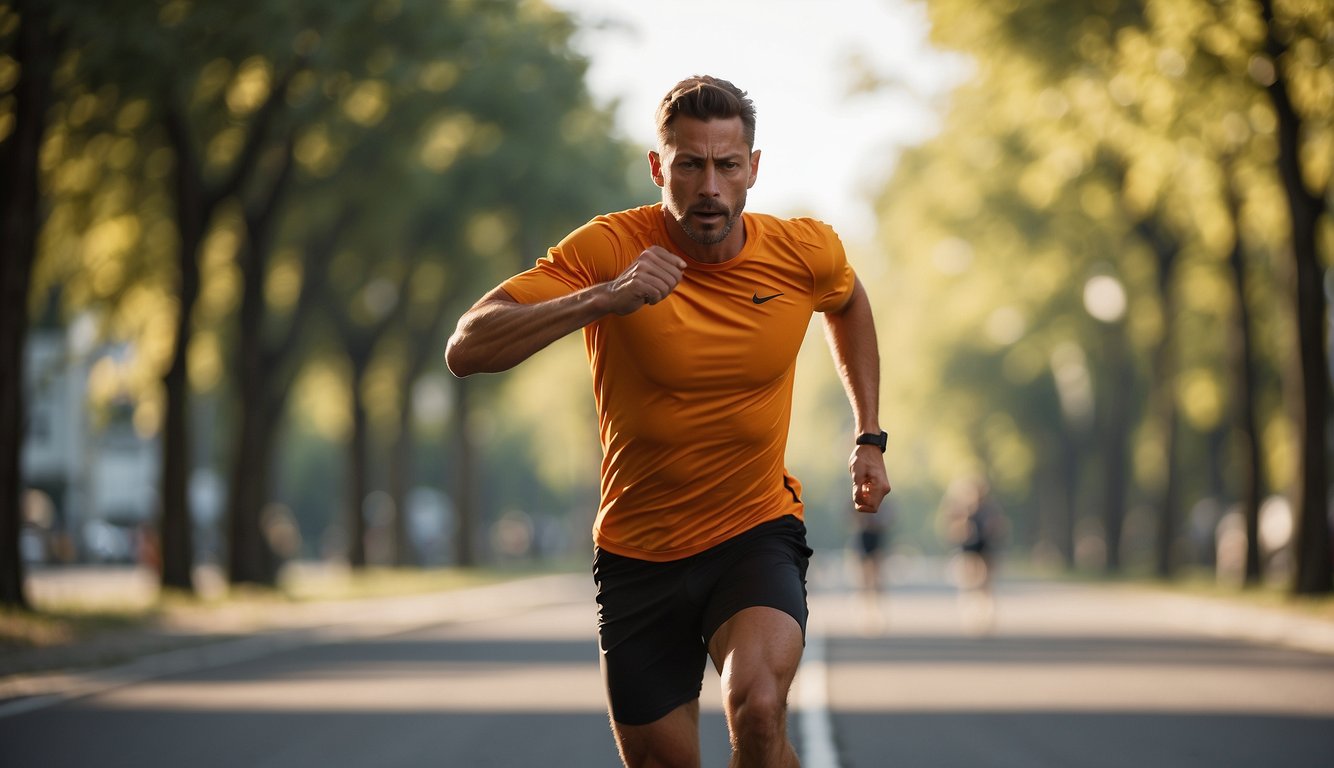
A strategic approach to hot weather running involves gradual acclimation and adjusting pacing. This prepares your body for endurance, energy management, and mitigates heat exhaustion risks.
Acclimation Techniques for Hot Weather Running
Acclimate to Temperature: Begin your training in warmer weather gradually, allowing your body to adapt over a period of 1-2 weeks. Start with short, lower-intensity runs and increase duration as your comfort with the heat improves.
- Frequency: 3-4 times a week
- Duration: Start with 15-20 minutes
- Intensity: Low (50-60% of max effort)
Hydrate: Prioritize fluid intake before, during, and after runs to combat dehydration.
- Before Running: 17-20 oz of water 2-3 hours prior
- During Running: 7-10 oz every 10-20 minutes
- After Running: Replenish based on sweat loss
Dress Appropriately: Wear lightweight, breathable, and moisture-wicking clothing to help regulate body temperature and reduce sweat accumulation.
Pacing and Effort Levels in Warm Conditions
Adjust Expectations: Accept that your pace in hot weather may be slower than in cooler conditions. Listen to your body and be willing to adjust your pace as needed to maintain a manageable effort level.
- Start Slow: Begin your run at a pace that feels comfortable and sustainable.
- Monitor Effort: Use perceived effort to gauge intensity rather than pace alone.
Energy Management: Running in the heat taxes your body more, leading to faster energy depletion. Factor this into your long run strategies and overall training plan.
- Reduce Pace: Aim for 30-60 seconds per mile slower than your usual pace.
- Increase Rest: Incorporate more frequent walk breaks or rest days to allow for recovery.
By attentively managing your acclimation process and pacing, you’ll optimize your running performance in hot conditions while safeguarding your health. Keep in mind that endurance is built over time, and conditioning for hot weather is an essential component of a well-rounded running program.
Post-Warm-Up Considerations
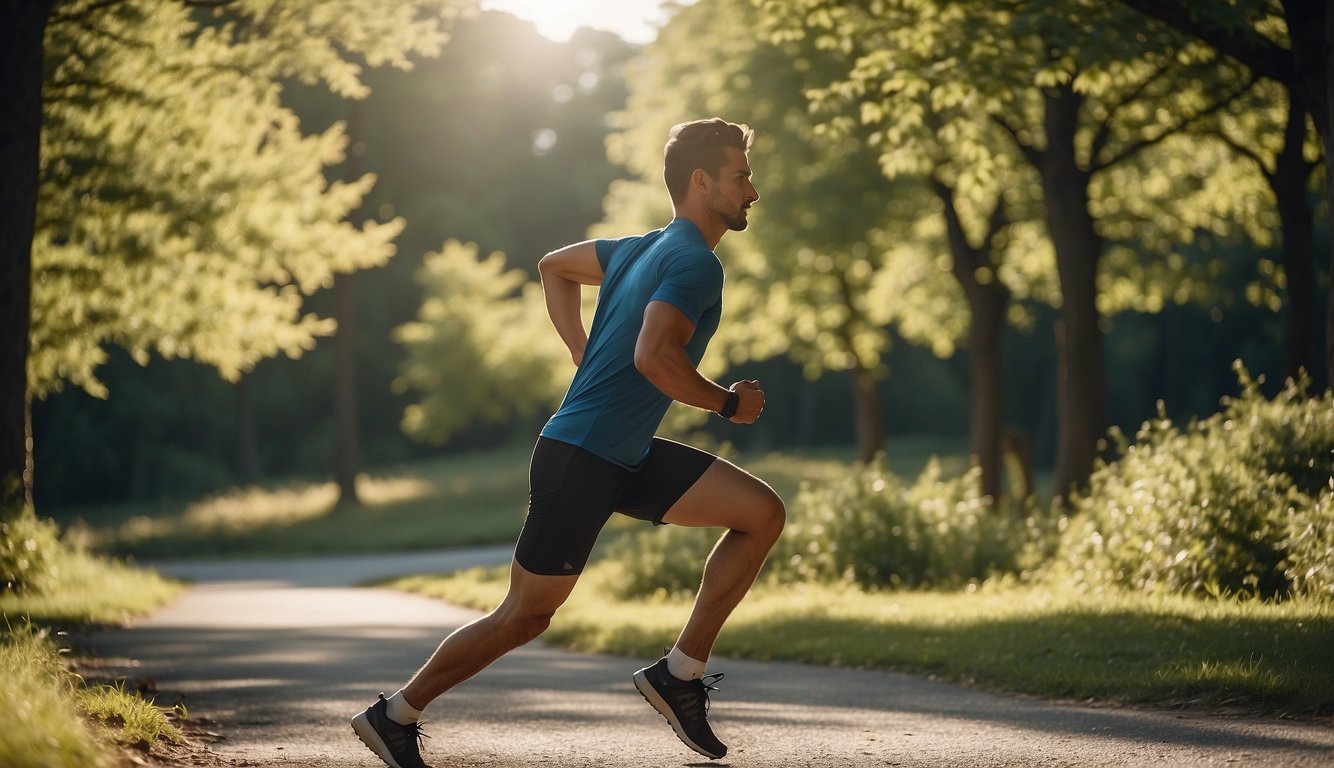
After a thorough warmup, it’s vital to turn your attention to strategies that help prevent overheating and maintain hydration. The right steps ensure your body continues to function effectively during hot weather running.
Cooling Down and Ongoing Hydration
Upon completing your warmup, shift focus to a brief cooldown to bring your heart rate down to a comfortable level before you start your main running workout. It’s essential to:
- Hydrate: Drink 8-10 ounces of water to pre-empt dehydration.
- Cool Down: Perform light stretching or walk for a few minutes to gradually reduce your heart rate.
Ongoing Hydration
- Keep water accessible and sip approximately 7-10 ounces every 10-20 minutes during your run, depending on the intensity and your sweat rate.
- Aim to replace lost fluids post-run by drinking until your urine is a pale yellow color, signaling adequate hydration.
Monitoring Signs of Heat-Related Stress
Stay vigilant for symptoms of heat-related illnesses, such as:
- Heat Exhaustion: Identified by excessive sweating, weakness, cold or clammy skin, nausea, or fainting.
- Heat Stroke: Watch for a high body temperature, rapid pulse, difficulty breathing, possible unconsciousness, or lack of sweating despite the heat.
| Symptom | Possible Condition | Action to Take |
|---|---|---|
| Dizziness | Heat Exhaustion | Stop running, find shade, drink fluids |
| Headache | Dehydration | Hydrate, cool down |
| Fatigue | Overheating | Reduce intensity, hydrate |
| Nausea | Heat Stress | Cease activity, seek cool environment |
In the event of these symptoms, immediately stop physical activity, seek a cooler environment, rehydrate, and if necessary, seek medical attention. Your safety should always come first during hot weather activities.

